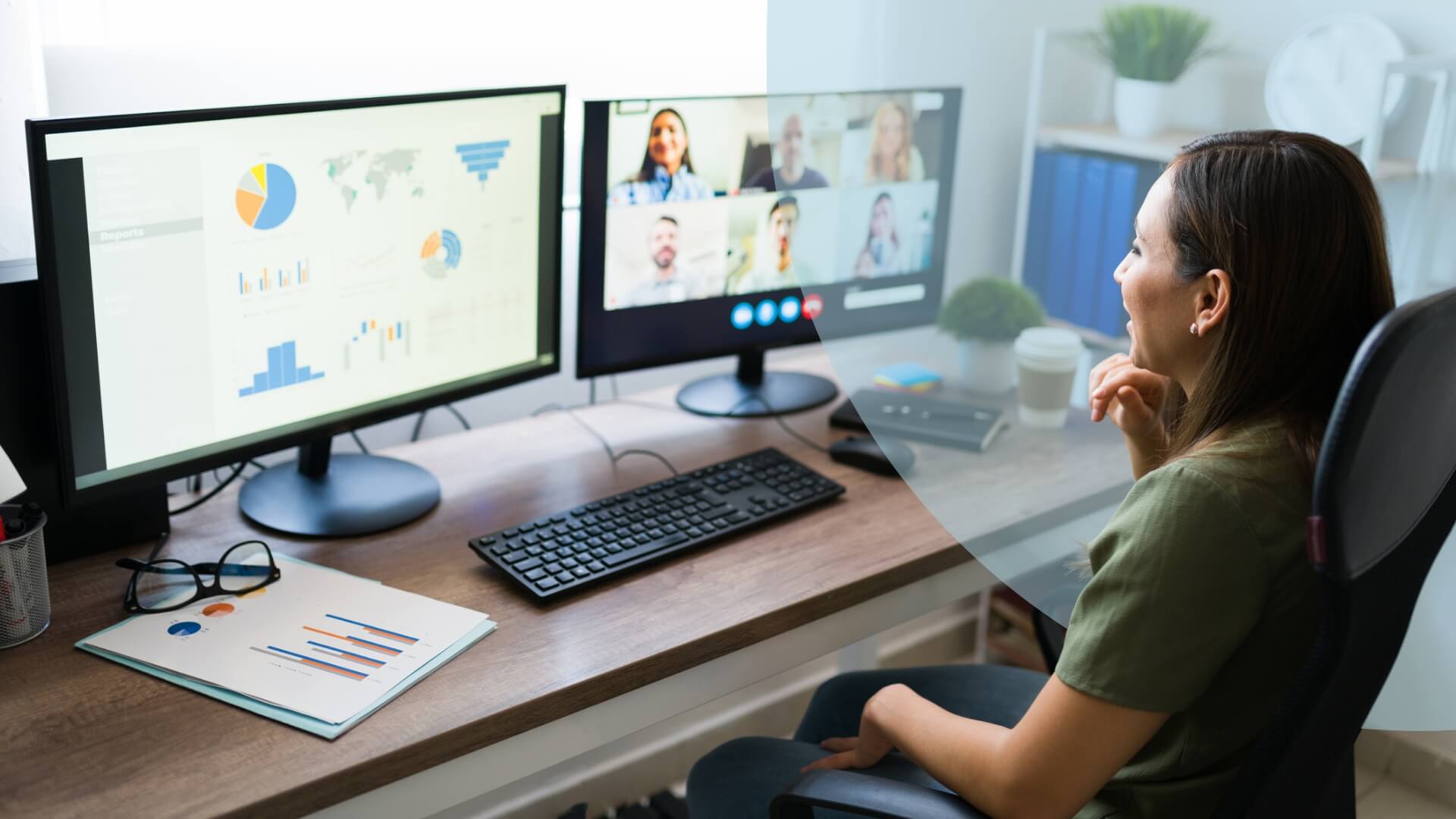Would you show up to a street race with a bicycle?
That’s probably what it feels like as a seller up against today’s digitally-enabled buyers.
B2B buyers have almost everything they need to make informed buying decisions on their own. They’re in the driver’s seat… and sellers are stuck pedaling behind, trying to catch up.
Luckily, it doesn’t have to be this way. Hendrik Isebaert, CEO at Showpad and our guest on the Winning The Challenger Sale podcast this week, is a former seller himself and a wealth of knowledge on taking control of the buyer’s journey, particularly in a virtual selling environment.
His tips on preparation for virtual sales calls, selling on business impact, and building rapport in the digital space are everything you need to ditch the bike and hop in with the buyer to navigate together toward the purchasing finish line.
Listen to the full episode to learn more about:
- Engaging with today’s increasingly digital B2B buyer by embracing an omnichannel sales experience to avoid information overload
- Instilling confidence in the post-sale customer experience to win deals in a downturn
- Building rapport in a digital selling environment and using collaboration and interactivity for stronger virtual meetings
Listen to “#70: Make the Customer Journey the Heart of Everything in Sales” on Spreaker.
Not ready to listen right now? Head over to your preferred podcast platform and save the episode.
Engaging with today’s increasingly digital B2B buyer by embracing an omnichannel sales experience to avoid information overload
Today’s buyers have gone digital—from socializing to working to buying, 86% of today’s B2B buyers prefer to be sold to virtually.
This shift to digital on top of an already accelerated purchasing experience, where sales doesn’t come to bat until over halfway through the process, creates a system where touch points are vital but must be carefully crafted. According to Hendrik, these touchpoints are diverse and can be adapted to meet the needs of your specific buyer and teams, and it only starts with virtual meetings.
“The buyer only spends roughly 10% of the sales cycle working with the seller,” Hendrik says. “Make sure sellers are equipped to leave information behind for the buyer and upload additional information.”
The modern B2B buyer requires a tailored approach that implements reviews and written feedback, questions and customer insights. Building a system where sellers are enabled to track, access and record that information is game-changing and opens omnichannel opportunities—arguably one of the most powerful tools up modern sellers’ sleeves.
While most buyers prefer a digital experience, the 11% who still value face-to-face interactions are a wide-open opportunity for sellers.
“You can differentiate now more than you ever could if you manage to get a face-to-face meeting with your customer,” Hendrik says.
In-person touchpoints often require a greater commitment from both parties—from travel, organization, hosting to interaction. When buyers and sellers are interested enough to make these meetings happen, they’re often already invested in moving forward.
Teams that can embrace this omnichannel, in-person and virtual approach will have the upper hand against theirp single-channel competition. However, enabling sales to navigate multiple channels also requires flexible software.
“Your enablement software needs to work for both scenarios,” Hendrik says. “Whatever the touch point is, we need to be able to support the seller and make them as effective as possible.”
Instilling confidence in the post-sale customer experience to win deals in a downturn
While relationship selling doesn’t guarantee success, it is a key ingredient in any evaluation. Customers don’t just need a great sales experience—they need follow-through.
While delivering on promises by providing ongoing support and a continuous relationship may arguably be a baseline requirement for business performance in any situation, it is particularly important in tough economic times.
“In recent years, more companies have run into a wall with software purchases,” Hendrik says. “They’ve realized they were promised all these great things throughout the sales cycle. But if you don’t help them with the deployment, change management and transformation, they won’t see the impact of the deployment.”
Instilling confidence in customer experience professionals and buyers in the post-sale experience is the only thing that will build buyers’ trust in you as a vendor and organization. In turbulent economic times where higher scrutiny is placed on ROI, building this trust is especially essential for attracting and retaining today’s buyers.
Building rapport in a digital selling environment and using collaboration and interactivity for stronger virtual meetings
The shift to digital connection has placed a literal barrier between buyers and sellers. When meeting in person, sellers can physically enter an environment to connect with multiple parties at once. This creates a scenario where the selling process can be whittled down to one or a few touchpoints, as compared to the drawn-out virtual selling practices of today.
Sellers must ensure that they are utilizing digital selling in a way that fosters a genuine connection through a screen as effectively as they would in a conference room—quite the challenge when you don’t have the opportunity for a handshake.
Hendrik shares some advice for creating the best possible outcomes through virtual meetings:
- Control the environment
- Come prepared
- Foster collaboration and interaction
- Adapt for a group setting
Relationships are easier developed face-to-face where you can connect one-on-one with buyers, learn about their lives and get first-hand experience in regards to what they’re looking for.
But it is possible in a remote setting. Intentionality around relationship-building, creating connections virtually, developing real touch points and empowering collaborations between sellers and buyers can help to foster that connection, even in a digital world.
Want to learn more about differentiating with genuine connections in a virtual landscape? Listen to the full episode of Winning the Challenger Sale where Hendrik reveals more about engaging with today’s B2B buyer digitally and in person, developing software and processes to meet omnichannel needs and creating a cohesive customer experience that delivers.
To hear this episode, and many more like it, you can subscribe to the Winning The Challenger Sale podcast on our website, Apple Podcasts, Spotify, or just search for it in your favorite podcast player.
Andee Harris
Andee Harris is CEO of Challenger. Andee brings more than two decades of experience growing and scaling service and technology businesses. She has previously led multiple companies, both as CEO and Senior Vice President, through periods of rapid revenue growth, critical fundraising, and successful acquisition. These companies include Highground (acquired by Vista Equity Partners), TMBC (acquired by ADP), Syndio and Emerging Solutions (acquired by Emtec).
More from our blog
3 Challenger Skills That Boost Sales Rep Productivity and Motivate Buyers
Sales leaders everywhere are looking for ways to improve sales rep productivity. But productivity isn’t just about efficiency—it’s about…
Sending Commercial Teaching Messages That Inspire Action—Not Anxiety
How to Build Tension in Your Commercial Teaching Message In B2B sales, the most powerful messages aren’t horror stories, they’re dramas with a clear…
The Next Era of Challenger Selling: Skills That Will Shape the Future of Sales
In 2020, selling changed overnight. Buyers went quiet, priorities flipped, and digital interactions replaced boardroom handshakes. Everyone talked…
What are you waiting for?
Transform your sales team.
The best companies grow, and grow fast, by challenging customers, not by serving them.







